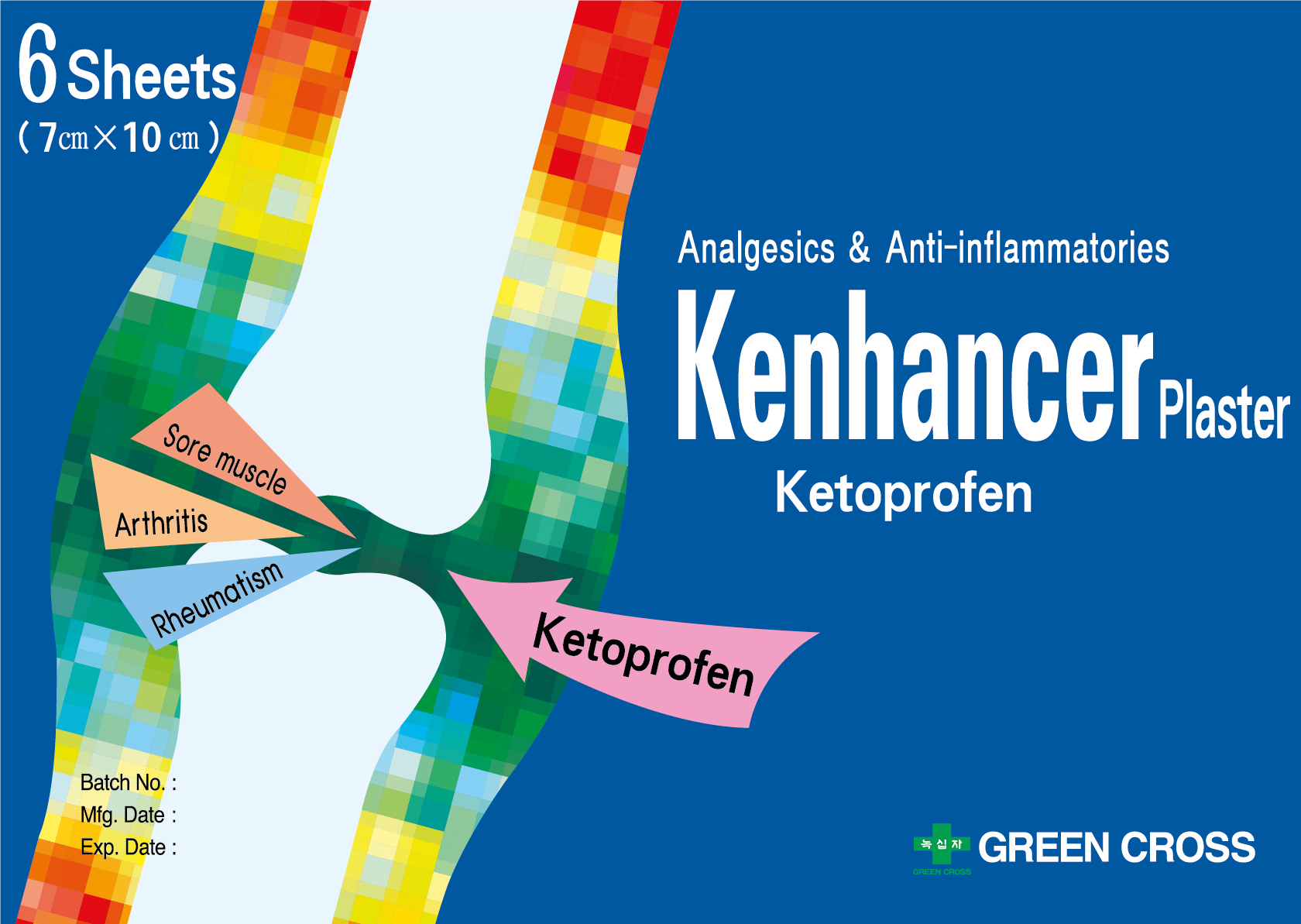Muscle Pain (Myalgia) – Causes and Management

Nearly all adults will experience muscle soreness at some point in their life. Excessive exertion, injury, and viral infections are among the most common causes. While many are harmless and most will go off on its own, muscle pain may be the sign of disorders related to significant impairment, affecting your day-to-day activities.
Muscle pain can be classified based on the location affected.
- Diffused symptoms, where the pain is widespread
- Localised symptoms, where the pain is restricted to a specific area.
What are the main causes of muscle pain?
Myalgia can be multifactorial. The causes also depend on whether the symptoms are diffused or localised.
Injury
A common example would be of a muscle strain, where a muscle may be overstretched. It is usually caused by muscle overuse or strenuous exercise. More severe injuries may involve partial or complete tears in these muscle tissues, which sometimes require surgical repair.
Infection
Viral or bacterial infections may cause muscle pain. For example, dengue fever is sometimes called ‘break bone fever’ due to severe muscle and joint pain linked with this virus. Muscle pain is also a typical symptom of viral infection such as influenza and COVID-19, and is usually accompanied by fever, headache, discomfort, and non-productive cough. Vaccination may also cause significant muscle pain, although short-lived.
Medications
Certain medications such as cholesterol lowering medications (statins, fibrates), antibiotics (fluroquinolones), and osteoporosis medication (bisphosphonates) may lead to muscle pain. These can occur weeks to months after starting medication.
Medical conditions
Some underlying medical conditions can also result in muscle pain. The doctor will conduct specific tests, physical examination, blood tests to ascertain the underlying cause. The common medical conditions that cause pain in the muscles include:
- Inflammatory conditions such as rheumatic disease and inflammatory myopathy.
- Noninflammatory conditions such as fibromyalgia, where there is widespread musculoskeletal pain.
- Metabolic disorders such as:
- Vitamin D deficiency
- Scurvy, which is caused by vitamin C deficiency.
- Hypothyroidism, where there is low thyroid hormone levels in the blood.
- Hypercalcemia, which is high calcium levels in the blood.
- Soft tissue diseases such as:
- Bursitis, which is an inflammation of the sac of fluid cushioning the joints, usually caused by infection.
- Pyomyositis, which is an infection of the muscle due to the spread from blood.
- Muscle infarction, which is muscle death due to the lack of oxygen supply to the skeletal muscles, usually a complication of uncontrolled diabetes.
When should you see a doctor?
Mild muscle pain usually subsides after you take sufficient rest. However, if the pain does not go away after a few days of rest or home treatment, or if you notice redness or swelling in your muscles, you should consult a doctor as soon as possible. Similarly, if you experience severe muscle pain or find that you are unable to move for a prolonged period, it is also best to see a doctor. Do also seek a doctor if you experience other concurrent symptoms such as fever, chills, joint pain, swelling, or rash.
How to treat muscle pain?
Rest
Do rest the affected muscle and avoid high intensity activities until the pain goes away.
Heat
Using a warm pad can aid in relieving muscle pain by reducing muscle spasms.
Stretching exercises
Doing gentle stretching of muscles and certain exercises that help strengthen the muscles.
Medications
The doctor may prescribe medications such as paracetamol, anti-inflammatory medication, muscle relaxants to help alleviate pain and swelling. Pain relief anti-inflammatory plasters such as Kenhancer (Ketoprofen) plaster and Acustop (Flurbiprofen) plaster can be useful in relieving muscle pain without the side effects seen with the oral medications. This is usually the first step in the treatment of muscle pain. if the pain does not subside after a prescribed duration of medication, the doctor may carry out further investigation.
Relieve your muscle pain with Kenhancer and Acustop
 |
 |
Do not rue the inconvenience that comes with those muscle pain. Get your muscle pain sorted out quickly with Kenhancer and Acustop. These long-acting plasters can last for up to 12 hours, providing adequate relief throughout the day. You can get both Kenhancer and Acustop from all major retail pharmacies and clinics. Speak to your doctor or pharmacist for more information.
Find out more about Kenhancer and Acustop here.
Conclusion
Muscle pain is a common issue for most age groups. Rest, stretching exercises and medication play a key role in relieving such pain. With adequate rest and self-treatment, most muscle pains will go off after a few days.



